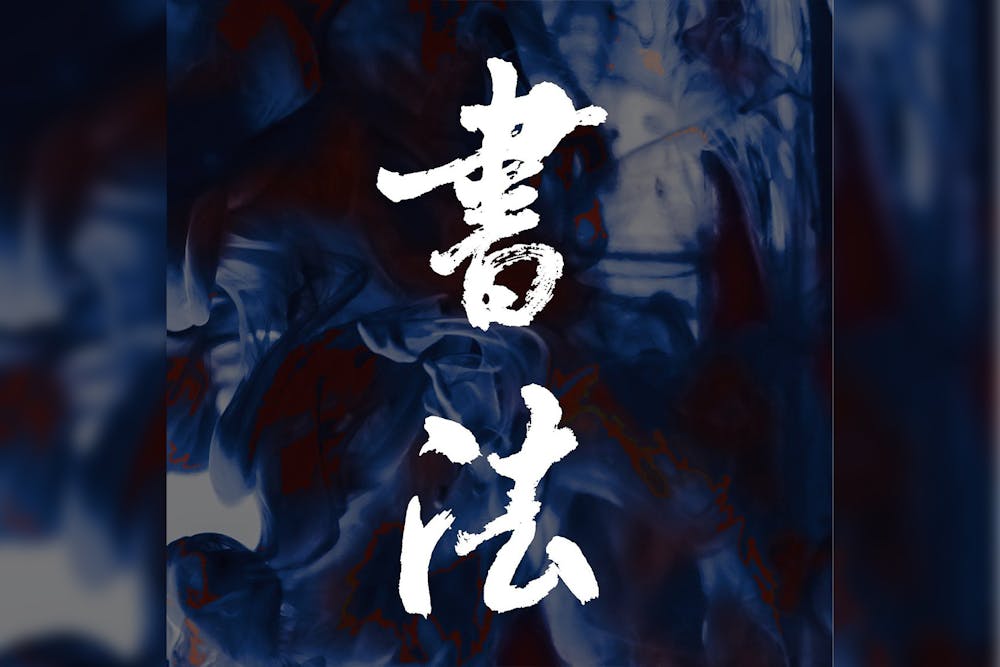
Two Penn transfer students founded a club to teach students the art of Chinese calligraphy.
College juniors Allison Chou and Zhulian Yu started Penn Chinese Calligraphy virtually in the fall of 2020 — and were finally able to begin holding in-person instruction sessions a year later.
Yu, a founder and student instructor, emphasized that calligraphy involves more than just writing Chinese characters artistically. Its different forms, she said, allow calligraphers to express their emotions.
“The cursive style is often associated with a heavy release of emotion, and in contrast, the regular script is more gentle,” Liang Dong, a College and Engineering first year and PCC's lead instructor, said. “For cursive, you have more freedom to express yourself.”
Though the club has many regular attendees, beginners are also welcome, Li said. The club hosts special events around the Chinese holidays, allowing students to celebrate while trying their hand at Chinese calligraphy. The events, Li added, make the process more relaxed and accessible to newcomers, letting people “dip their feet into the water to practice a little bit."
“People come in and say, ‘Can I learn how to write my name in Chinese calligraphy?’ which is really cool,” Chou said. “I think that just narrows down the gap and everyone is involved in this activity.”
Through practice, students learn the meaning of the characters, as well as the minute details of writing each stroke. Instructors explain the different artistic components of each character, including spacing, thickness, and the specific arrangements of strokes. For many, doing Chinese calligraphy can be a meditational, artistic, and literary experience all in one.
“What makes [Chinese] calligraphy is the complexity and the nuance,” Dong said.
Wharton sophomore Michelle Li, the PCC's financial vice president, said that while SAC initially approved the formation of the club, it was not able to receive funding from SAC until fall 2021. Chou and other club members had to provide much of the initial equipment, and members had to contribute financially in order to participate.
In addition to these funding challenges, Li added that the online setting presented difficulties because Chinese calligraphy is a hands-on activity. In a typical Zoom practice session, student instructors had two different cameras recording — one directed at their calligraphy paper and another showed their face. The virtual setup, Chou said, made it more difficult for instructors to help students improve.
Li said that she's noticed a lot of interest in Chinese calligraphy among students — especially those who had been exposed to it before, whether through family members or by studying Chinese. Chou agreed, adding that she was surprised at the number of students who showed interest at the fall SAC fair where the club displayed examples of Chinese calligraphy at their booth.
College senior Laura Dees, a member of the club since its inception, already knew Chinese when she joined because she is pursuing a double major in Anthropology and Chinese. She said that learning Chinese calligraphy through the club has been beneficial to her Chinese skills.
Dees added that she especially values the sense of community and the relaxed environment that the club has brought her.
“Come for the calligraphy, stay for the friends,” Dees said.
The Daily Pennsylvanian is an independent, student-run newspaper. Please consider making a donation to support the coverage that shapes the University. Your generosity ensures a future of strong journalism at Penn.
Donate




